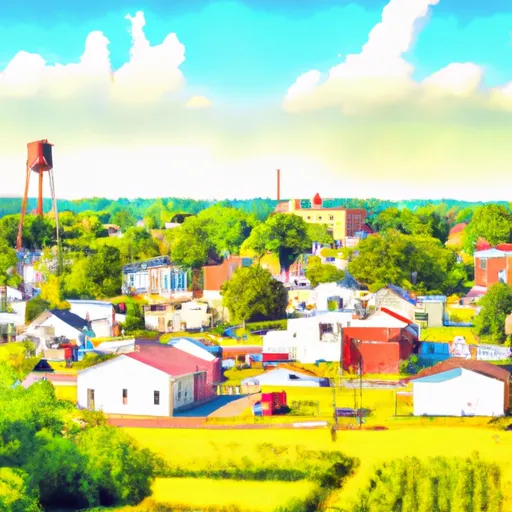°F
°F
mph
Windspeed
%
Humidity











Holmesville, Ohio, is a charming village located in Holmes County, known for its picturesque landscapes and outdoor recreational opportunities. The climate in Holmesville is considered to be a humid continental climate, characterized by hot summers and cold winters. The average temperature ranges from around 25°F (-4°C) in winter to 85°F (29°C) in summer.
Hydrologically, Holmesville is situated in close proximity to the Killbuck Creek and the Mohican River. These water bodies provide opportunities for various water-based activities such as fishing, boating, and kayaking. The area is also dotted with numerous ponds and small lakes that attract anglers.
Outdoor enthusiasts will find plenty of recreational opportunities near Holmesville. The region is home to several state parks, including the popular Mohican State Park. This park offers a range of activities, such as hiking, mountain biking, horseback riding, and camping. Additionally, the nearby Holmes County Trail provides a scenic route for walking, jogging, and biking.
In conclusion, Holmesville, Ohio, offers a pleasant climate, abundant water resources, and a variety of outdoor recreation opportunities. Whether it's exploring the scenic trails or enjoying water activities, the village appeals to nature lovers and adventure seekers alike.
Weather Forecast
Holmesville receives approximately 1014mm of rain per year, with humidity levels near 84% and air temperatures averaging around 10°C. Holmesville has a plant hardyness factor of 6, meaning plants and agriculture in this region thrive during a short period during spring and early summer. Most plants will die off during the colder winter months.



